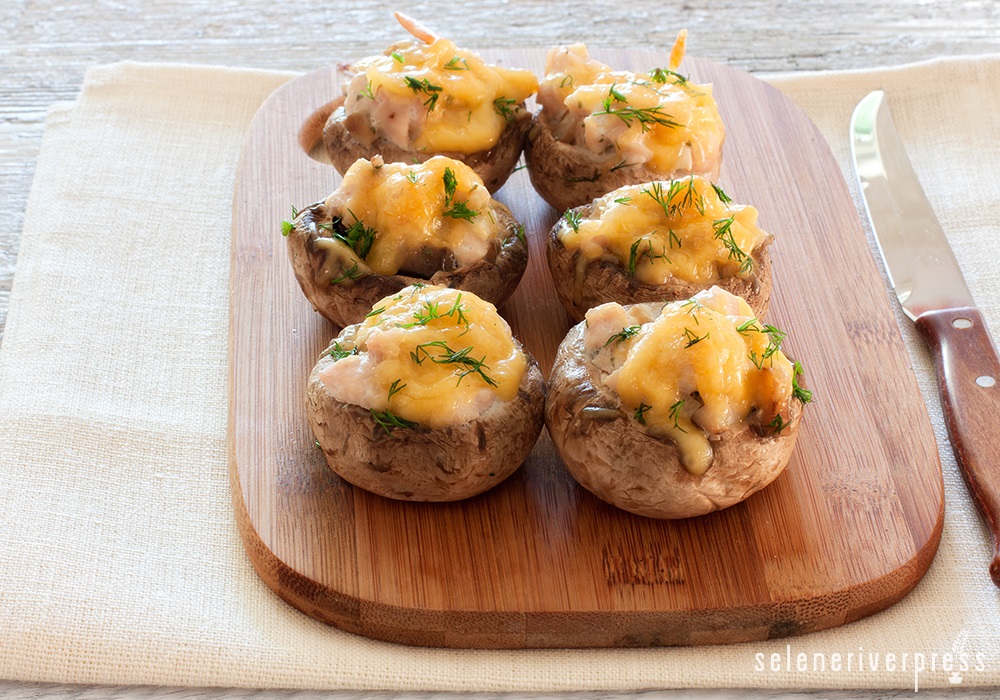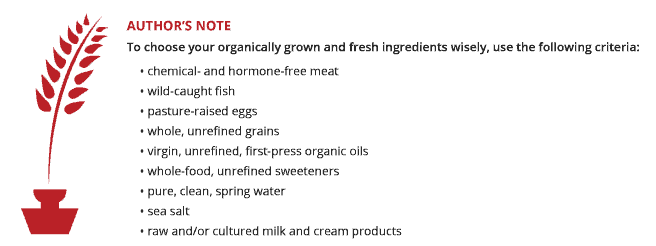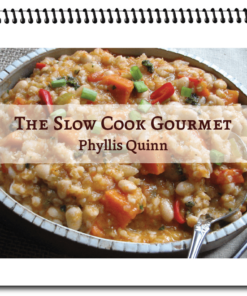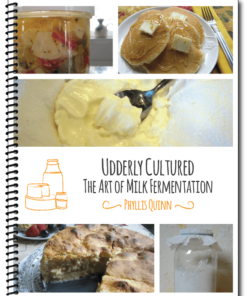Ask Chef Phyllis
I know from your book, Udderly Cultured, that caprese salad and pizza are your first choices for fresh mozzarella. Can I put the fresh cheese I make in a casserole? Are there other uses for fresh mozzarella, which melts so well?
Summer is coming, and life should be easier. To me, that means less time in the kitchen and more time with family and friends. Do you have any easy—maybe even no cook or less cook—suggestions for me?
—Wendy T. from Sioux Falls, SD
Fresh cheese is an ancient food with an interesting history. Of course, I think the history of food plays a huge role in the history of the world as well. Here’s a case in point! Chicken Marengo was created to celebrate Napoleon’s 1880 victory against the Austrians at the Battle of Marengo (in the Piedmont area of Italy). The original recipe called for Raveggiolo, a local fresh cheese, and tomatoes. As the story goes, Napoleon’s food carts had been captured, so his Swiss chef, Dunand, scurried through the countryside looking for whatever local ingredients he could find. Surprisingly, he was able to whip up a dish made of chicken, mushrooms, and wine. Some accounts claim that white truffles, which the Piedmont is famous for, may have been part of the dish. And to top it all off, it was served with crayfish and a fried egg.
So, Wendy, the fresh cheese you make at home is actually very similar to the soft cheese that Napoleon ate. Food historians of northern Italy say it’s been made in this same town for over 900 years.
All over the world, when grazing mammals feast on young green spring grasses, sun-kissed summer grasses, or autumn’s golden grasses, they produce milk. And because many lactating animals must be milked twice a day, they create a surplus.
Students in my cheese-making classes usually don’t make the surplus connection, until, as my husband Bill always says, they witness the magic of making cheese!
One of the easiest cheeses to make at home is a fresh cheese, which is non-cured, ready-to-eat, and packed with three times as much protein as milk. This is why, in my opinion, cheese-making is a skill worth learning.
Here are some suggestions for your homemade fresh mozzarella that make for easy, breezy summer dining:
Mushroom appetizers (gluten free): Fill mushroom caps with small (cherry-sized) fresh mozzarella balls. Add a teaspoon of homemade or good store-bought basil pesto over the mushroom caps. Drizzle with olive oil and balsamic vinegar. Bake at 375°F for 15–20 minutes, or until the cheese melts. Serve immediately. Though these are gluten free, they still provide all the flavor of the traditional bread stuffing.
Pasta Salad: Toss tricolored tortellini or fusilli pasta with homemade Italian dressing (or a pink peppercorn poppy seed dressing). Add ½-inch cubes of fresh mozzarella and diced vegetables of your choice (such as carrots, celery, and red pepper). Chill for 1 hour. One of my favorite additions to this salad is Giardiniera, a combination pickled cauliflowers, carrots, celery, pepperoncini, and sometimes olives, all in one glass jar.
Classic Spinach and Bacon Salad: If a salad of spinach, hardboiled egg, and bacon isn’t enough, try adding some baby kale and sliced brown button mushrooms. Toss cubes of fresh mozzarella into the warm bacon dressing to take it over the top. Serve immediately. This wonderful salad eats like a whole meal.
Shrimp Scampi: To take this simple dish of butter, garlic, and shrimp over the top, add fresh mozzarella and sliced black olives to the butter mixture for a dinner that’s sure to be remembered.
Baked Ziti Supremo: For a quick weeknight meal, place cooked ziti in a buttered casserole dish. Cover pasta with your favorite tomato sauce, then dot with small, cherry-sized mozzarella balls and ½-cup grated Parmesan cheese. Bake at 350°F until bubbly. For Sunday dinner, add your favorite meatballs and sausage.
Chef’s note: For centuries, cheese was the protein that sustained humans, especially when the hunt was unsuccessful. According to nutritionists, protein is necessary for proper brain development in the young.
Please check out the section on making fresh cheese in my book Udderly Cultured: The Art of Milk Fermentation, available from Selene River Press.
Image from iStock/annata78.






